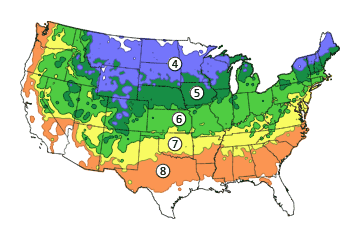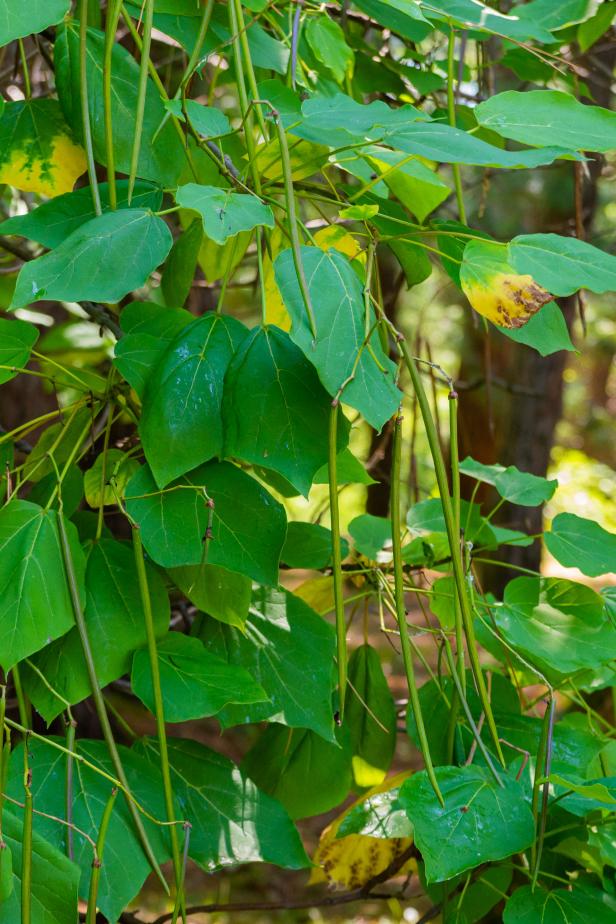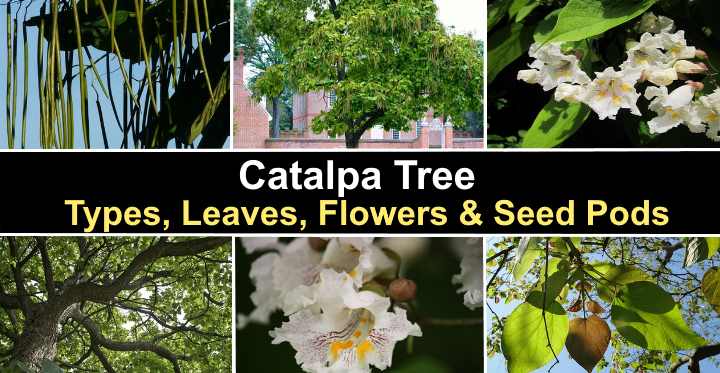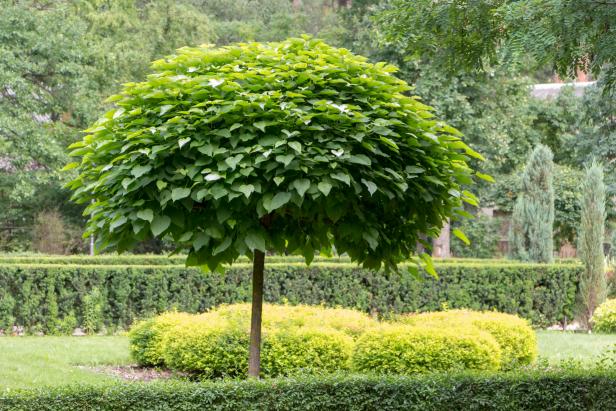southern catalpa tree range
May be opposite or whorled pinnately veined 5 to 12 inches long. Catawba Indian-cigar Leaf Type.
Catalpa Tree Range Pleistocene Catalpa Georgiabeforepeople
The two species of catalpa tree native to the United States northern and southern catalpa have a current distribution from New Hampshire and Nebraska in the northern United States and across.

. Main branches brash and often break in storms. Ad Did You Check eBay. Northern Catalpa Southern Catalpa Chinese Catalpa.
They typically grow to 1218 metres 4060 ft tall with branches spreading to a diameter of about 612 metres 2040 ft. May be opposite or whorled pinnately veined 5 to 12 inches long. The soil pH may range from 55 to 70.
Bignonioides is native to the Gulf Coast region from northern Florida across the Mississippi. Catalpa bignonioides commonly called Southern Catalpa is a deciduous tree native to the Southeastern United States in Alabama Florida Georgia Louisiana and Mississippi. For comparison Figure 2 provides the original native ranges of both Southern and Northern catalpa.
Southern catalpa - Catalpa bignonioides Native Range Border. Catalpa bignonioides commonly called Southern catalpa is a medium-sized deciduous tree that typically grows to 30-40 less frequently to 60 tall with an irregular broad-rounded crown. It is widely planted as an ornamental tree.
Today this species has naturalized throughout the low woodlands of the southeast. Subject to chlorosis yellow leaves with green veins in alkaline soil. Cigar Tree Catawba Tree and Indian Bean Tree.
They are fast growers and a 10-year-old sapling may stand about 6 metres 20 ft tall. Most Catalpa are deciduous trees. It is native to a relatively small area extending from central Mississippi Alabama and Georgia south to the Florida panhandle.
Leaves are 58 inches long often in whorls and give off an odd odor when crushed. It is widely planted as a fast-growing yard tree in the eastern third of Texas. Native to southeastern US.
The small bell-shaped white blooms with small purple dots and streaks on the inside. Grows to 3050 feet according to climate or soil with somewhat smaller spread. Southern catalpa is native to Alabama Georgia Florida and Mississippi.
Medium-sized tree 60-70 x 3-4 dbh. Flattened seeds with 2-papery fringed wings encased in a distinctive 8 to 14 inches long. Catalpa speciosa commonly called northern catalpa is a medium to large deciduous tree that typically grows to 40-70 less frequently to 100 tall with an irregular open-rounded to narrow-oval crown.
Southern catalpa C. A medium-sized tree to 50 feet in height and 1 to 2 feet in diameter with a dense oval crown. Native Plant Tree Woody Plant Leaf Characteristics.
The range of the Southern Catalpa has expanded to include parts of New England New York to Ohio the central and southern plains states and many states east of the Rocky Mountains. Leaves are arranged opposite or in whorls leaves of the Northern Catalpa are opposite and it has some salt tolerance. The Southern Catalpa is botanically called Catalpa bignonioides.
Tree Type Mature Size The southern catalpa grows to a height of 3050 and a spread of 2040 at maturity. The best place to grow southern catalpa trees is in full sun or partial shade and well-draining soil. Moist well-drained along streams.
The Southern Catalpa is smaller than the Northern Catalpa and reaches about 30 to 40 feet tall. Catalpa prefers moist deep well drained soil but adapts to dry or wet soils. They have characteristic large heart-shaped leaves which in some species are three-lobed.
Today this species has naturalized throughout the. Southern catalpa is native to Alabama Georgia Florida and Mississippi. Common names include southern catalpa cigartree and Indian-bean-tree 2 or Indian bean tree.
The Southern Catalpa is botanically called Catalpa bignonioides. The southern catalpa can be expected to grow in Hardiness Zones 59. The tree likes Sun at the location and the soil should be sandy - loamy to loamy.
Fill Your Cart With Color Today. Very showy white with purple streaks in branched upright cluster arranged in bell-shaped corollas of 5 lobes appearing in late spring. Ad Browse discover thousands of brands.
Yellow leaves of Aurea are showiest in the Upper South. It is native to a relatively small area extending from western Tennessee northeastern Arkansas and the lowlands of southeastern Missouri north to. A medium-sized tree to 50 feet in height and 1 to 2 feet in diameter with a dense oval crown.
Southern catalpa Catalpa bignonioides. The Southern Catalpa thrives in average medium-to-wet well-drained soil but can tolerate a range of soil conditions as well as regional flooding. Almost never occurs in wetlands of the Atlantic and Gulf Coast Plain Region.
However its adaptable to most soil types. The original native range of Southern catalpa was thought to be Southwest Georgia South Alabama South-central and South-East Mississippi and a small area of the Florida panhandle away from the coast. Catalpa bignonioides is a species of Catalpa that is native to the southeastern United States in Alabama Florida Georgia Louisiana and Mississippi.
Very durable heartwood used. Yellow Catalpa and Japanese Catalpa. Woody Country Or Region Of Origin.
The Tree is a deciduous tree it will be up to 18 m 59 ft high. Cigar tree Catawba Tree Hardy Catalpa and Western Catalpa. Its been cultivated throughout the US since the.
Read customer reviews find best sellers. Southern catalpa trees thrive in USDA zones 5 through 9 and like all deciduous trees shed their leaves in the fall. The leaves are cordate and the flowers are white.
It is known from New England except Vermont west through New York to North Dakota and south to Texas Colorado Utah and New Mexico east to Georgia and north to Pennsylvania but is not recorded from New Jersey and Delaware. Size range Large tree more than 40 feet Medium tree 25-40 feet Mature height 30-40 feet. 12 rows Also known as southern catalpa hardy catalpa western catalpa northern catalpa catawba.
Growth Rate This tree grows at a medium to fast rate with height increases of anywhere from 13 to more than 24 per year. It is widely naturalized from New England and New York to Ohio and the central and southern plains states. Southern catalpa Bignoniaceae Catalpa bignonioides Walter symbol.
Like the northern catalpa the southern species grows best in fertile soil. Chinese Catalpa Catalpa ovata.

Virginia Tech Dendrology Fact Sheet

Northern Catalpa Tree On The Tree Guide At Arborday Org

Catalpa Trees Description Habitat Varieties And Problems Lovetoknow

How To Choose Plant And Grow A Catalpa Tree Hgtv

Catalpa Tree Types Leaves Flowers Seed Pods With Catalpa Worms

Princesstree Paulownia Tomentosa Scrophulariales Scrophulariaceae Eddmaps

Southern Catalpa Tree Nature Of The Lake Lakemagazine Life

Southern Catalpa Tree Seeds Catalpa Bignonioides

Catalpa Bignonioides Southern Catalpa Tree Mail Order Natives
/GettyImages-1251337179-fab6404e1b1e45b5a44c1c070eedba3d.jpg)
What To Know About Catalpa Trees And Their Worms
Catalpa Bignonioides Southern Catalpa Native Plants Of North America
Home Range Shifts For Catalpa Bignonioides Predicted Under Climatic Change

How To Choose Plant And Grow A Catalpa Tree Hgtv





